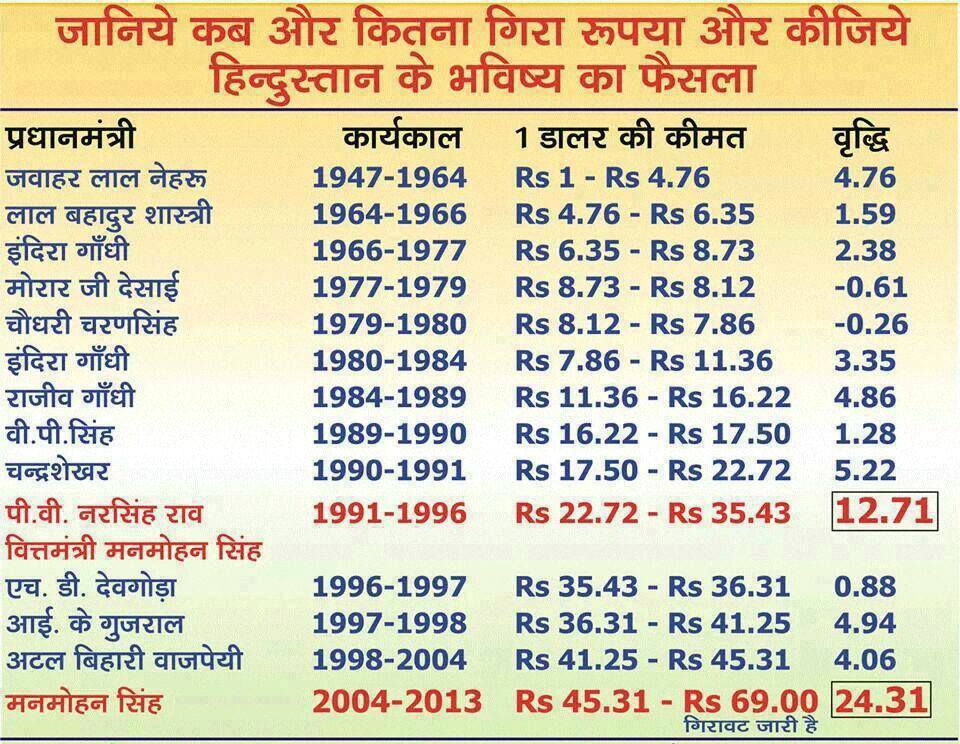


India is a vibrant, colourful, and fascinating country to explore but can be a little intimidating for first time visitors. The design of the currency is constantly being updated, so the physical appearance of the coins and banknotes may vary slightly over time. The banknotes feature images of famous Indian historical figures, such as Mahatma Gandhi, Jawaharlal Nehru, and B. The banknotes come in denominations of 1 rupee, 2 rupees, 5 rupees, 10 rupees, 20 rupees, 50 rupees, 100 rupees, 500 rupees, and 2,000 rupees. The coins come in denominations of 1 paisa, 2 paisa, 5 paisa, 10 paisa, 20 paisa, 25 paisa, and 50 paisa. The physical currency consists of coins and banknotes. More recently, since 2007, the rupee was at its strongest in November 2007 when USD/INR fell to 39.10 (INR/USD 0.0256). It's all-time high came in March 1973 when USD/INR traded at just 7.19 (INR/USD 0.139). The rupee’s all-time low against the US dollar came in May 2020 when USD/INR reached 75.86 (INR/USD 0.0138). What are the rupee’s all-time highs and lows? Heavy rains between June and September can also depress industrial production in the country and weaken exports, which weigh on the currency. The currency typically falls in value every second-quarter (April-to-June) due to India’s heightened gold demand heading into the Hindu festival of Akshaya Tritiya. Importantly, the rupee has strong seasonal characteristics. When is the Indian Rupee stronger or weaker? This market share is comparable to currencies from other major emerging market economies, such as South Africa, Brazil and Russia, but falls some way short of the 4% share taken by the Chinese yuan – the most actively traded emerging market currency. Rupee trades make up around 1% of the total volume of the foreign exchange market. The Indian rupee gets its name from the rupiya – a silver coin first produced in the sixteenth century. The official currency of India (country code: IN) is the Indian rupee, with symbol ₹ and currency code INR.


 0 kommentar(er)
0 kommentar(er)
